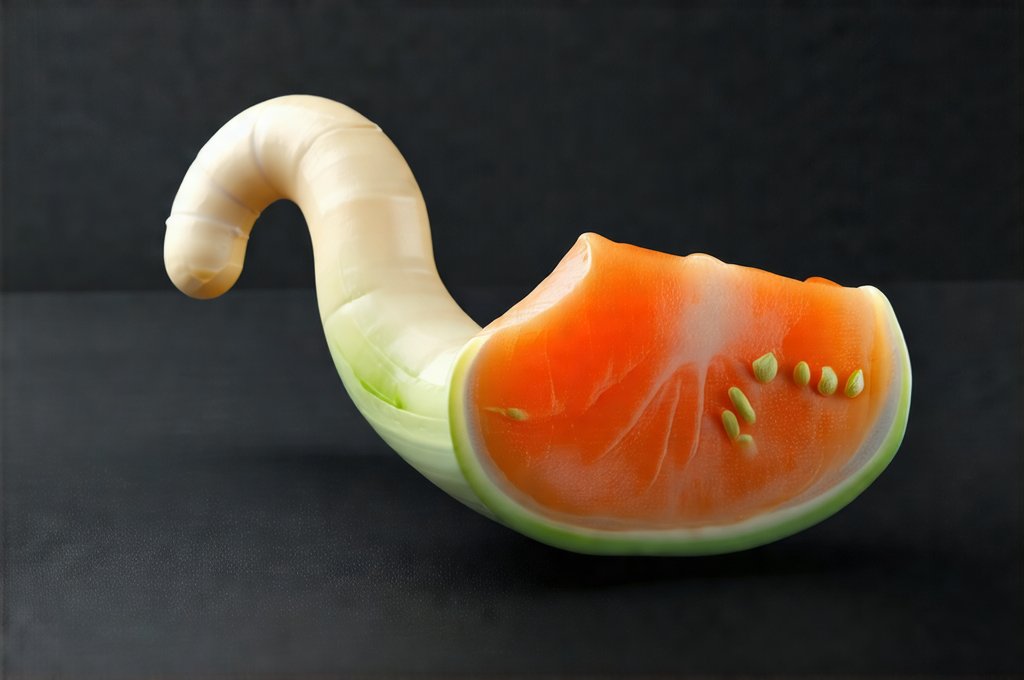Navigating daily life with a sensitive bladder can be incredibly challenging. It’s more than just needing to find restrooms quickly; it impacts choices about food, drink, travel, social activities, even clothing! Many people live with overactive bladder (OAB), interstitial cystitis (IC), or other conditions that cause urinary urgency and frequency, and often feel isolated in their experiences. This article aims to provide a comprehensive guide on how to adjust your eating habits and lifestyle to better manage these symptoms and regain control – and ultimately, peace of mind. It’s about empowering you with knowledge so you can make informed decisions for your well-being.
Living with bladder sensitivity often means constant vigilance and adaptation. It’s not always about eliminating things entirely; sometimes it’s about timing, portion sizes, or combining foods strategically. Understanding the connection between what you consume and how your bladder reacts is crucial. This isn’t a one-size-fits-all approach – individual triggers vary greatly. What bothers one person might be perfectly fine for another. Therefore, careful self-monitoring and experimentation are key to discovering your personal sensitivities and building a manageable dietary plan.
Dietary Considerations for Bladder Health
The link between diet and bladder health is significant. Certain foods and beverages can irritate the bladder lining, increasing urgency and frequency. Common culprits include caffeine, alcohol, acidic fruits (citrus, tomatoes), spicy foods, artificial sweeteners, carbonated drinks, and chocolate. However, simply eliminating these isn’t always necessary or desirable. The goal isn’t deprivation but mindful consumption. Start by keeping a detailed food diary alongside a bladder diary – noting what you eat/drink, when, and the resulting impact on your symptoms. This will help pinpoint specific triggers. If you are experiencing frequent UTIs, it is important to understand how to tell if you have a UTI or just bladder irritation.
Beyond avoiding irritants, focusing on bladder-soothing foods is also beneficial. These include water-rich fruits and vegetables (cucumber, watermelon, lettuce), blueberries (contain compounds that may reduce inflammation), pears, bananas, oatmeal, and herbal teas (non-caffeinated). Incorporating fiber into your diet can help regulate bowel movements, reducing pressure on the bladder. Furthermore, adequate hydration is vital – aim for 6-8 glasses of water daily, but spread it out throughout the day rather than drinking large amounts at once. This prevents overfilling the bladder and exacerbating symptoms.
Identifying Your Personal Triggers
Pinpointing individual triggers requires a systematic approach. A detailed food and symptom diary is your best tool. Be specific – don’t just write “spicy food,” note which spicy foods (e.g., chili, curry) and the level of spice. Record not only urgency and frequency but also any associated pain or discomfort. Look for patterns: does a particular food consistently worsen symptoms? Is there a delay between consumption and symptom onset? The timing can be important; some triggers have an immediate effect, while others may take several hours to manifest.
Consider an elimination diet under the guidance of a healthcare professional. This involves removing suspected trigger foods from your diet for a period (typically 2-4 weeks) and then gradually reintroducing them one at a time to observe their effects. This can be challenging but is often the most effective way to identify hidden sensitivities. Remember that portion size matters – even seemingly harmless foods can become problematic in large quantities. Don’t get discouraged if it takes time; identifying triggers is an iterative process.
The Role of Hydration and Timing
Proper hydration is paramount, but how you hydrate is just as important as how much. Sipping water consistently throughout the day prevents bladder overfilling. Avoid guzzling large amounts of fluids at once, especially before bedtime. This can lead to nighttime awakenings and disrupt sleep. Instead, spread your fluid intake evenly across the day. Consider setting reminders on your phone to prompt you to drink regularly.
Timing your fluid intake is also crucial. Reduce fluid consumption a few hours before bed and when traveling long distances. Avoid caffeinated and alcoholic beverages, as they are diuretics (increase urine production). Pay attention to how different types of fluids affect your bladder – some people find that water is well-tolerated, while others experience more sensitivity. Experiment with herbal teas (chamomile, ginger) which can be soothing for the bladder, but always check ingredients to ensure they don’t contain irritants. You may want to consider how to handle exercise with a sensitive bladder as well.
Beyond Food: Lifestyle Factors
While diet plays a significant role, other lifestyle factors also impact bladder health. Regular exercise strengthens pelvic floor muscles, improving bladder control and reducing urgency. However, avoid high-impact activities that put excessive pressure on the bladder (e.g., running, jumping). Stress management techniques like yoga, meditation, or deep breathing exercises can help reduce anxiety which often exacerbates bladder symptoms.
Clothing choices matter too. Avoid tight-fitting clothing around the abdomen and groin, as it can constrict the bladder and increase pressure. Choose breathable fabrics that allow for good airflow. Finally, prioritize regular bowel movements to prevent constipation, which can put additional strain on the bladder. A healthy lifestyle isn’t just about what you eat; it’s a holistic approach to well-being. If you are experiencing frequent discomfort, learning how to tell if you have a bladder infection or cystitis is important.





















